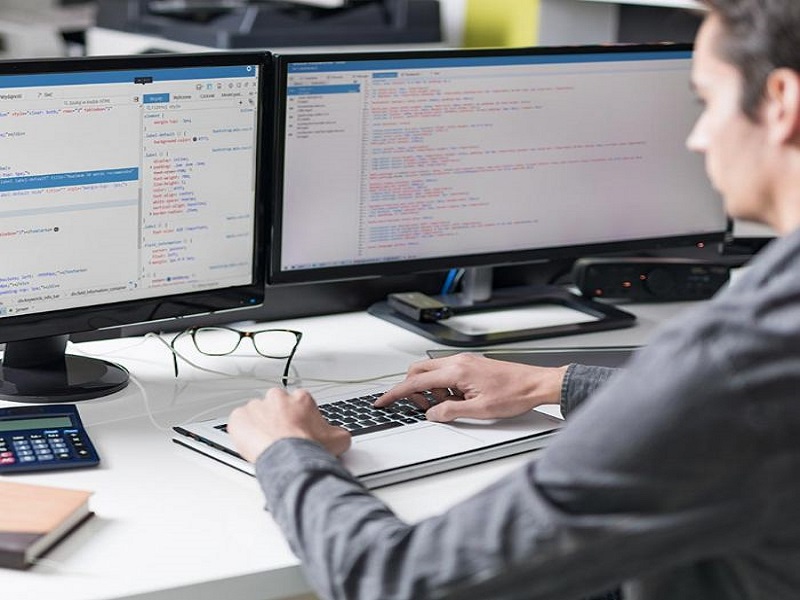What are DevOps Security Best Practices?

Continuous integration and continuous delivery
December 10, 2018
Devops and microservices
December 18, 2018Every system development life cycle needs security measures to help the development teams produce quality and safe products. In this article, we’ll share with you some of the best security measures to implement when working with DevOps.
All the security features need to be implemented prior to the production of any project, if not in continuous succession to assist the developers with their work.
Here are some of the DevOps security best practices:
Choose safe and secure tools
A company should invest in safe and secure tools to help their developers complete their tasks efficiently. Both the development team and security teams need to use secure tools to complete their tasks.
Choosing the best DevOps tools for security reasons tends to be critical for all aspects of the organization.
Conduct vulnerability checking
DevOps security is able to run tests and tools against the production software and infrastructure to identify and spot areas, which can be vulnerable to exploitation and other detrimental issues. This can be done when products are launched into production.
It is a good practice to appropriately scan and assess any potential vulnerabilities across the development and integration environments, prior to deploying to production.
Use attack mechanisms and penetration testing to determine imperfections
Automatize security processes
Make use of automated security tools for code analysis. This also includes configuration management, pitching and weakness management, and privilege credentials.
By using automation, the customer can minimize the potential obstacles arising from human mistakes and related downtime.
Prioritize the preparation of autoloading tools to consider possible threads, difficult or vulnerable code.
Use secure coding
Developers might face certain challenges when using the DevOps security strategy. Operations, development and security teams tend to operate as a single team.
Increase security measures so that developers can code in secure environments. This means the customers has to do away with hidden agendas to tackle major and complex tasks.
Divide networks into smaller parts
Dividing the networks brings down an attacker’s line of access. Group assets, including applications and root servers into coherent units that can function independently. In the case of access that requires crossing the trust zone, use a bonded leap server with multi-factor validation, adaptive right authorization and use session observance to preclude supervision.Dividing the networks brings down an attacker’s line of access. Group assets, including applications and root servers into coherent units that can function independently. In the case of access that requires crossing the trust zone, use a bonded leap server with multi-factor validation, adaptive right authorization and use session observance to preclude supervision.
Perform extensive discovery
Users need to ensure that authorized and unauthorized devices are brought within safety management frameworks in conformity company policies.
Implement policy and administration
Communication and administration are vital to the automatic safety for DevOps environments or any environment. Create transparent online security policies and operations that are easy for developers and other team members to read and agree to. This is a simple way to help teams to develop code that meets security requirements
Use continuous monitoring
Forbid exploits and escapes by detecting root privilege escalations, port scans, reverse shells, and other suspect activity in containers and hosts during run time.
Finally, companies will proceed to speed up their use of microservices and containers to gain further business benefits. The cyber antagonist will look to exploit an attack surface for their own purposes if this is not secured. To defend this new level in the IT batch, DevOps should work with an information security squad to apply champion practices early in the application development process.

